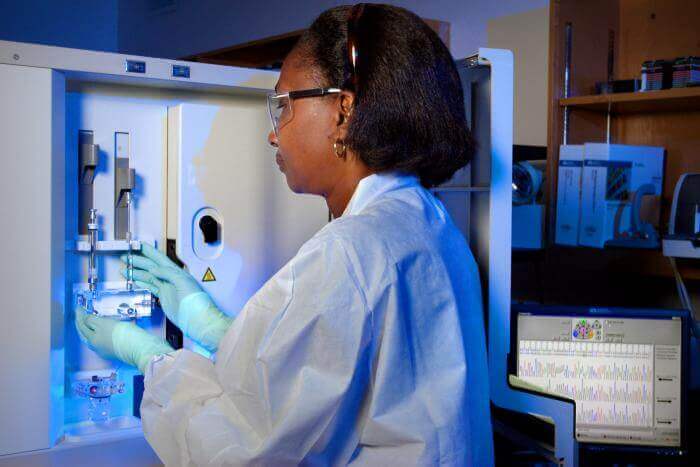Kat KelleyGHTC
Kat Kelly is a senior program assistant at GHTC who supports GHTC's communications and member engagement activities.

The US Department of Health and Human Services (HHS) announced last week a partnership with pharmaceutical company AstraZeneca for the research and development (R&D) of antibiotics. Through its Biomedical Advanced Research and Development Authority (BARDA), HHS will invest an initial US$50 million and up to $170 million into the project over five years. BARDA and AstraZeneca will meet annually to update their portfolio of drug candidates, determining which projects to initiate, continue, or terminate. The first project will be the advanced development and, ideally, regulatory approval of a treatment comprised of two existing antibiotics—Aztreonam and Avibactam—which is currently undergoing phase 2 clinical trials. The partners will also test new and existing antibiotics for use against diseases considered to be leading bioterrorism threats.
Last Tuesday, US President Barack Obama nominated Dr. Robert Califf to lead the US Food and Drug Administration (FDA), where he has been serving as deputy commissioner for medical products and tobacco since January. Califf is a cardiologist and researcher, and previously served as the director of the Duke Translational Medicine Institute—which advances R&D by facilitating cross-sector partnerships—and as founding director of the Duke Clinical Research Institute. If confirmed by the Senate, Califf will succeed Dr. Stephen Ostroff who has served as acting commissioner since former Commissioner Dr. Margaret Hamburg announced her resignation in February. After joining the FDA in January, Califf announced that streamlining the clinical trial process would be a major focus during his tenure.
A new analysis in the Guttmacher Policy Review calls for increased US investment in multipurpose prevention technologies (MPTs)—products that protect against multiple risks, including unintended pregnancy, HIV and AIDS, and other sexually transmitted infections (STIs). There is currently only one MPT in phase 3 clinical trials—a female condom that prevents pregnancy, HIV and AIDS, and four STIs—as well as nine in phase 1 trials, and thirteen in preclinical development. Among these MPTs are female condoms and vaginal rings, gels, films, nanofibers, and tablets. As MPTs are primarily intended for use in low-resource settings, private-sector interest has remained low. Additional, non-financial barriers to MPT R&D include scientific and regulatory hurdles: most MPTs have two or more active ingredients, and could thus be subject to review by as many as three divisions within the FDA. The report notes that the US government is already the biggest funder of MPT R&D, accounting for 89 percent of the $6.5 million invested in MPTs in 2013.
New Delhi, India, is currently experiencing the worst outbreak of dengue fever it has seen since 2010, with nearly 1,900 confirmed cases this year. All four of the known strains of dengue virus are present in India, however, new evidence from the All India Institute of Medical Science (AIIMS) suggests that a fifth, previously undetected strain of the dengue virus, may be partially to blame for the severity of this year’s outbreak. Recovery from dengue fever provides lifetime immunity against the specific strain, however, the introduction of a new strain would leave the entire population vulnerable. AIIMS recorded the potential new strain after testing an initial fifty samples from recent dengue patients and is working with the Indian Ministry of Health and Family Welfare to collect and test more samples before coming to a conclusion.